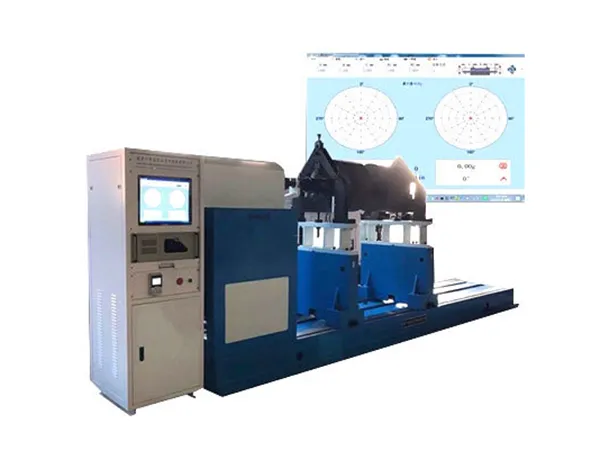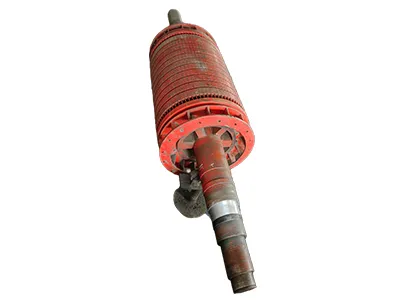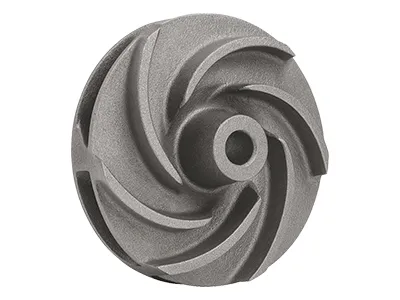
YYWQ-5000
Horizontal Balancing Machine
Hard-bearing balancing machine (universal joint + belt drive) for workpiece with diameter of up to 2500mm and weight of 100-5000kg
- Horizontal hard-bearing balancing machine with dual-drive design, offering both universal joint and belt drive
- Capable of balancing rotors from 100 to 5000 kg, with diameters up to 2500 mm
- Support span can reach 2500 mm and can also be customized based on user needs
- Works well for different workpiece sizes, ensuring stable performance and reliable accuracy
Applications
Used for dynamic balancing of motor rotors, fan and pump impellers, separator rotors, oil press rotors, rollers, paperboard machine rotors, and crushers, covering a wide range of industrial components.
 Motor rotors balancing
Motor rotors balancing Fan and pump impellers balancing
Fan and pump impellers balancing









